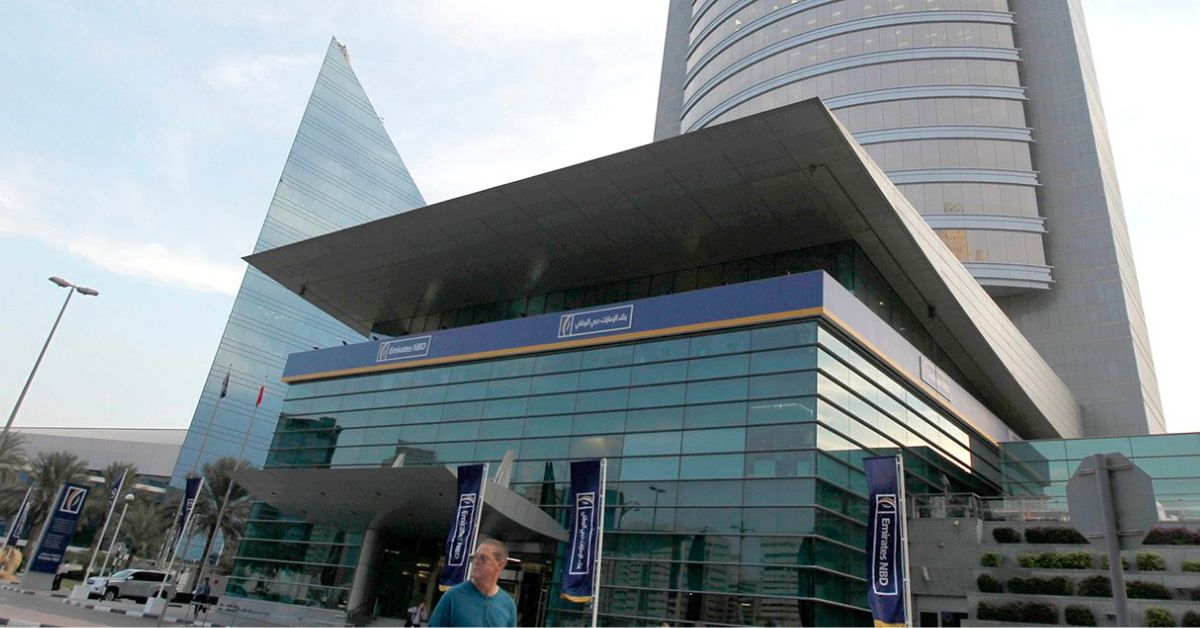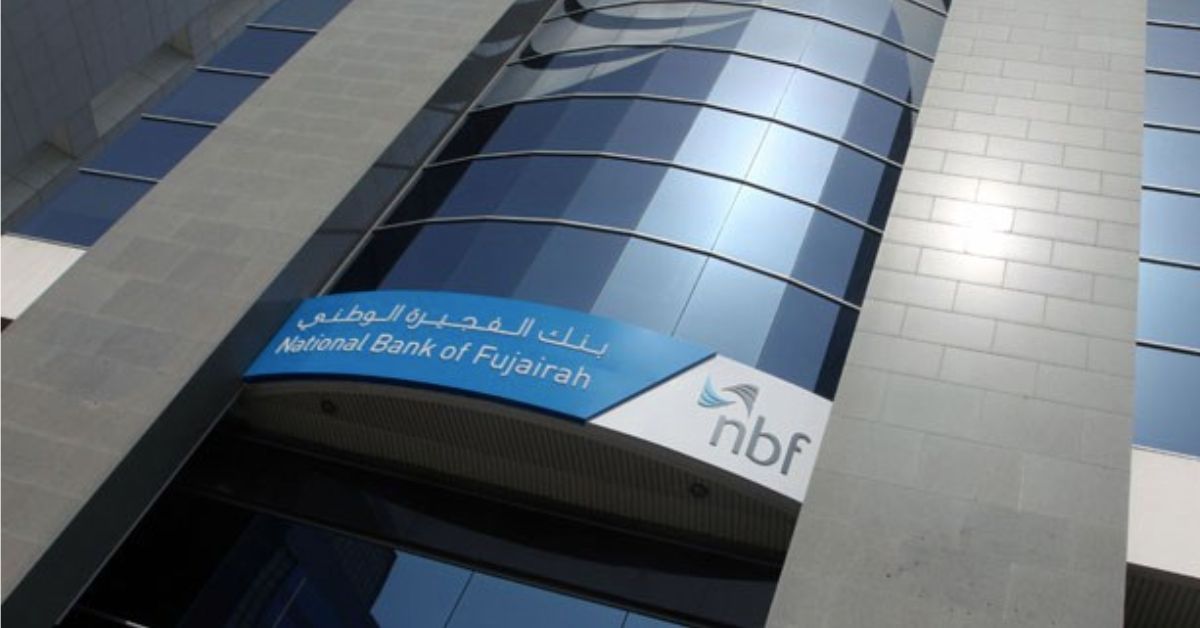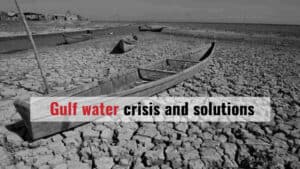KUWAIT CITY — Amidst concerns over the global banking crisis, the banking sector in the Gulf Cooperation Council (GCC) countries remains resilient, driven by the region’s strong economy and innovative investments.
Experts in the region assert that GCC banks have minimal exposure to the crisis, citing the implementation of robust regulations by regional regulators.
Junaid Ansari, Director of Investment Strategy and Research at Kamco Invest, highlighted the strong balance sheets and minimal credit pressure faced by GCC banks.
“Regulators in the region are drafting new rules to avoid such banking failures in the GCC. Most GCC banks have strong balance sheets with minimal pressure in terms of credit profile and liquidity. As and when liquidity issues arise, regulators, including the central banks, quickly take necessary steps to diffuse the situation,” Ansari told TRENDS.
Notably, the GCC’s banking market is recognized for its sophistication and maturity. Nael Amin, Principal of the Financial Services practice at Arthur D. Little, commended the region’s talent pool and leadership in the banking sector.
“I was quite surprised about how sophisticated and mature the banking market is in the Middle East and the UAE or GCC in particular,” said Amin, who was also working in Europe’s banking sector for a long time.
While comparing GCC’s banking to other regions like Europe or the US, he said: “I also see a very sophisticated pool of talent, where there is expertise from all over the world, and in different areas, putting together the senior leadership in the GCC banking sector.”
He noted a significant emphasis on innovation, surpassing even Europe, with an impressive focus on technology-driven services. “I see a big push into innovation, even bigger than in Europe, with the whole team set up around innovative technologies services. which is quite impressive,” he pointed out.
Regarding the banking crisis, Amin said that there is no such thing as a pure banking crisis. “The trouble is always an after-effect of an economic crisis,” he added. “Simply, what happens in an economy is reflected in banks. So, the GCC’s economy is doing well, and so will the banking sector.”
Optimism is in the air
Reports indicate that the banking crisis primarily affecting the United States and Europe is unlikely to spread to the GCC.
The world banks projected the GCC’s regional economic growth at 2.5 percent in 2023 and 3.2 percent in 2023. “So, the challenges faced in Europe and the U.S., like concerns about recession and inflation, are simply not prevalent in the GCC”, said Amin.
At the same time, GCC’s governments can react more quickly and agile to global changes, protecting many sectors, especially banking, he added.
A recent report by S&P Global Ratings suggested that the impact of global bankruptcies will be minimal, and that the contagion risk posed by bank failures can be managed.
That’s because the regional banks’ exposure to the United States is less than 5 percent of their overall assets. The banks have strong liquidity and funding profiles, and the government stands ready to bail them out if necessary.

Only five of the 19 GCC banks rated by S&P have more than 5 percent of their assets in the United States, and only four have more than 5 percent of their liabilities to counterparts in the United States, as was also noted by the rating agency.
Regarding assets and liabilities, as of the previous year, the rated banks’ exposure was 4.6 percent and 2.3 percent, respectively.
By the end of 2022, rated GCC banks’ revaluation reserves had eaten up an average of -2.6 percentage points of total equity. The ratio was just -10.9 percent, even for the banks with the most unrealized losses.
A few financial institutions saw favorable results of up to 1.9 percent after hedging their exposure against interest rate volatility. There is little concern for the efficacy of these hedges because we know they are cleared through central counterparties.
It’s also worth noting that not all unrealized losses are associated with U.S.-based risks. The fair value of GCC instruments fell as regional central banks raised rates, but these losses are more generally related to bank investments.
At the same time, the U.S. holdings of GCC banks have exacerbated unrealized losses, but S&P judged that the total is still manageable.
S&P noted that the total sum still appears manageable due to the GCC banks’ robust funding, liquidity profiles, and anticipated government help. Most big banks’ profitability, rather than capitalization, would be affected if unrealized losses crystallized.
The strong performance of the GCC’s economy further bolsters the banking sector. With projected regional economic growth of 2.5 percent in 2023 and 3.2 percent in 2024, the challenges faced by Europe and the United States, such as recession and inflation concerns, are not prevalent in the GCC.
Challenges
However, GCC banks do face challenges, including overcrowding and increasing competition from non-traditional players like fintech companies.
“Overcrowding” is one of the challenges GCC banks face, believes Amin. He said, “There are a lot of smaller banks offering similar services with limited specialization, similar to how we see it also in Germany.”
Amin predicted the level and the wave of consolidation, like big mergers between banks, to continue. In addition, the competition between banks is likely to heat up “from the so-called non-traditional competitors” from fintech businesses, for example, he added.
Consequently, consolidation through mergers and acquisitions is expected to continue in the region, fostering synergies and enhancing banking entities’ scope of work. The wave of mergers and acquisitions is seen as vital for diversifying the region’s economies away from oil.
The Gulf region has witnessed a wave of mergers and acquisitions deals worth more than US$ 1 Trillion since 2017 and may see two new deals worth at least US$ 57 bn.
This wave is expected to continue during the coming period as mergers and acquisitions contribute to achieving more synergies and establishing banking entities with an enormous scope of work, which supports the diversification of the region’s economies away from oil, according to Moody’s.
Large Gulf banks are financing transformation projects in the region, and these banks can increase their dominance through mergers and acquisitions, which will also help them compete outside their local markets, Moody’s analyst Francesca Paolina said in a report.
Moody’s believes that the merger will create banks with “pricing power,” which will enhance their ability to collect deposits and increase net interest income on their balance sheets, and that “mergers and acquisitions will also help offset increased operating expenses and enhance already good levels of cost efficiencies.
Moreover, a growing number of regional firms will offer innovative financing solutions, online trading, robot advisory banking, and many more.
Recovery
Despite the recovery of profits in 2022 to pre-COVID-19 levels, S&P highlights three main risks facing Gulf banks in 2023.
First, there is a state of uncertainty surrounding the prospects for the banking sector in the Gulf during 2023 due to the expected slowdown in the global economy, which could affect the region primarily through commodity prices.
The second risk arises from the exposure of Gulf banks to high-risk countries, while the third risk pertains to the sector’s liquidity required for financing growth. This poses a challenge in light of the decline in liquidity levels both locally and globally.







